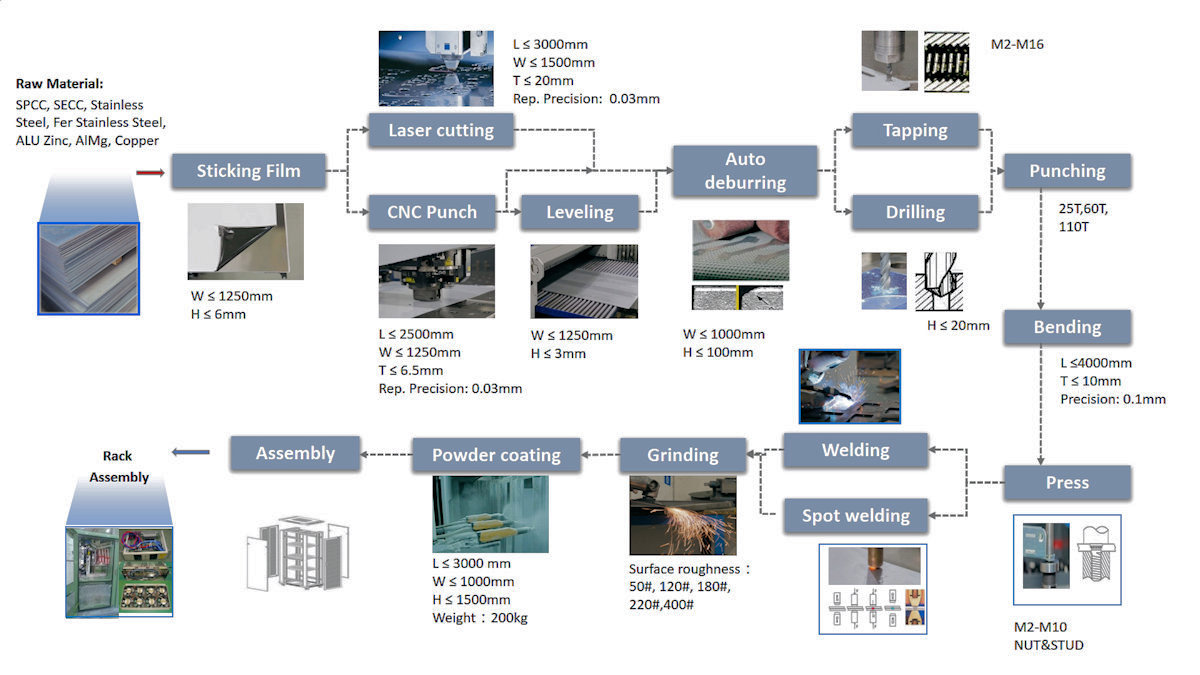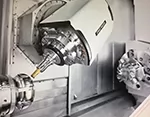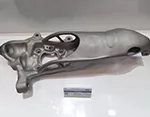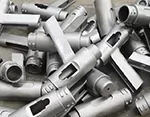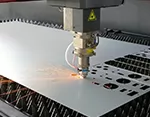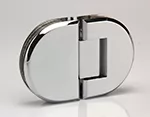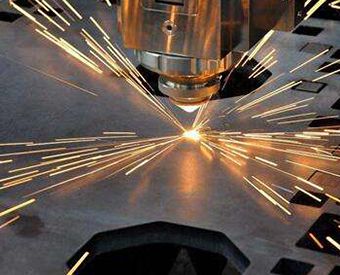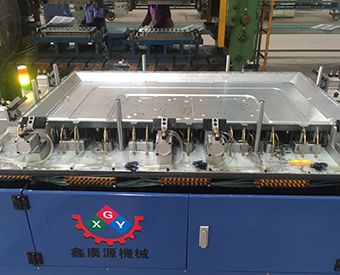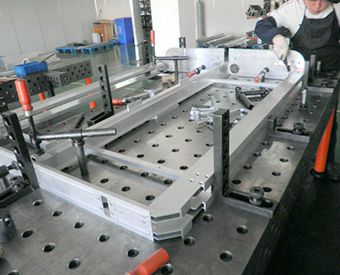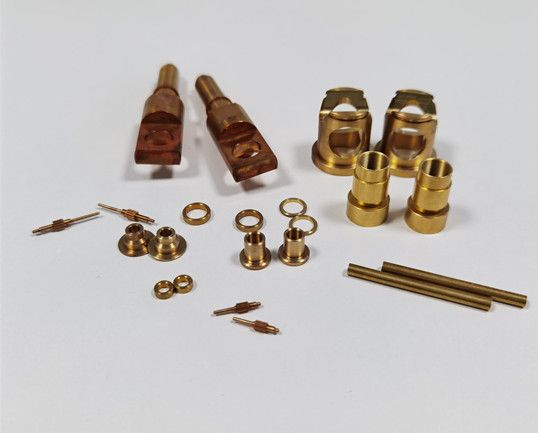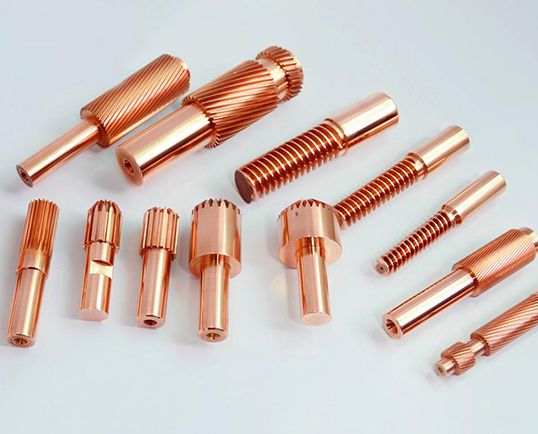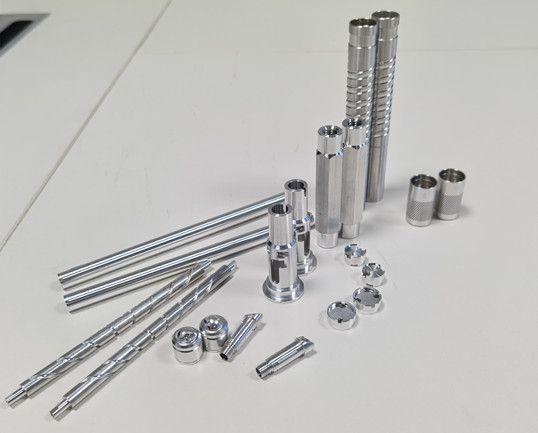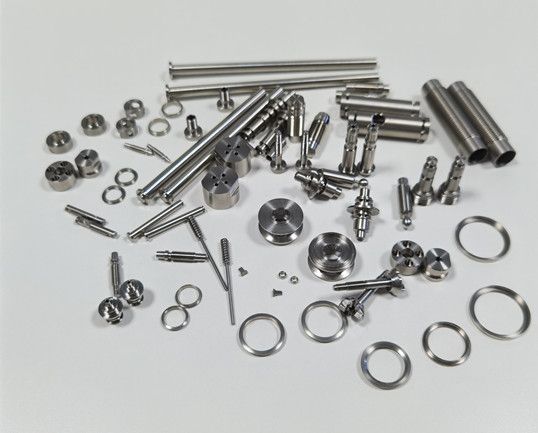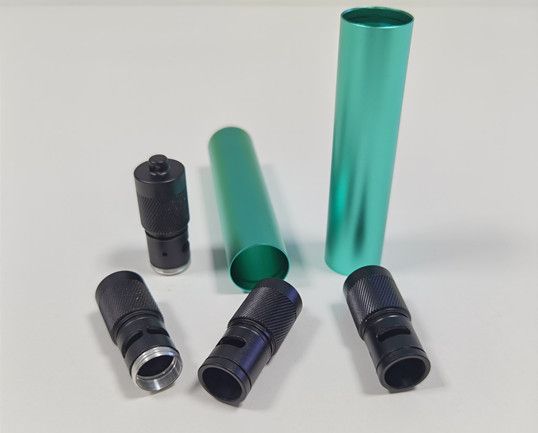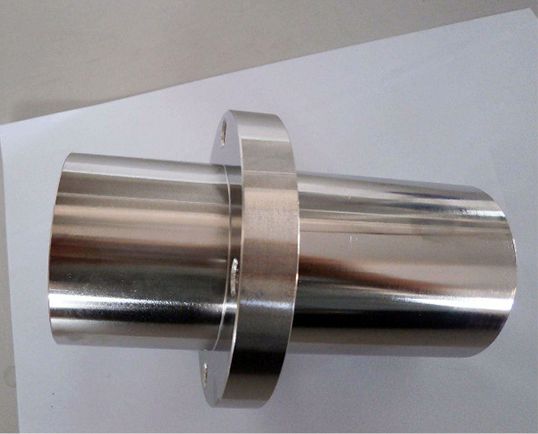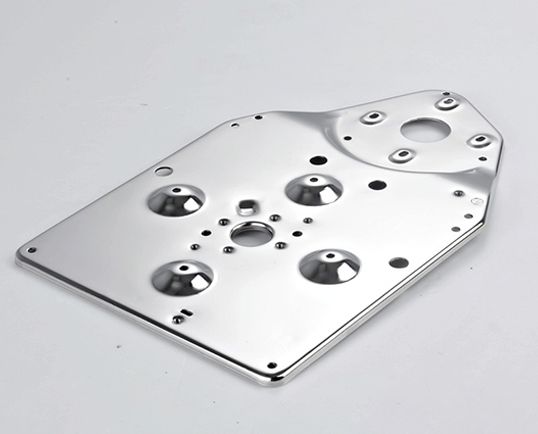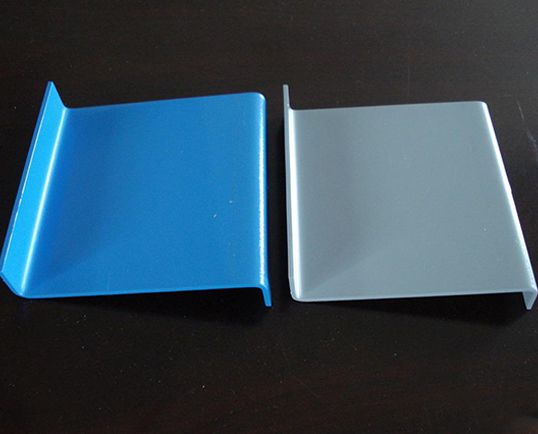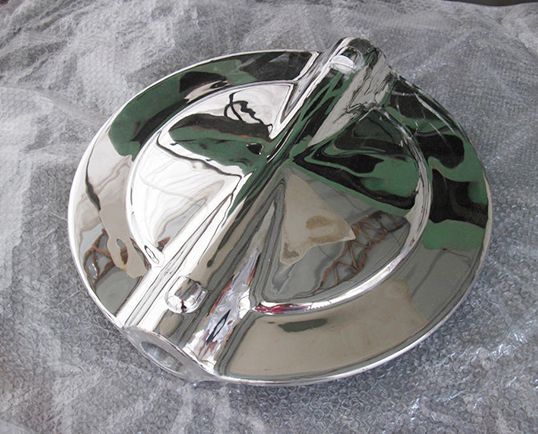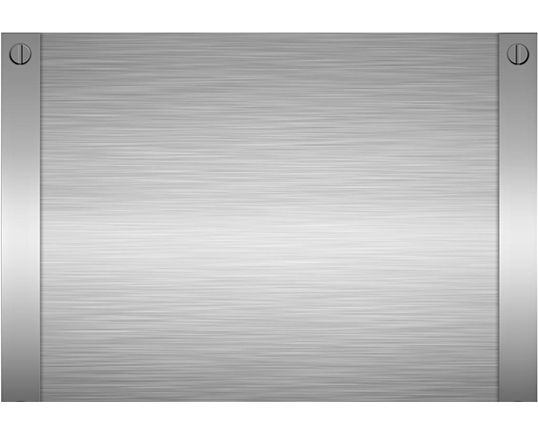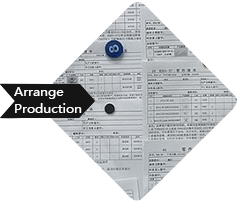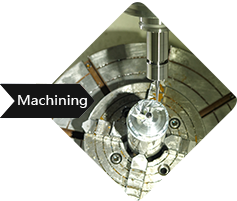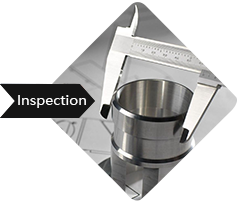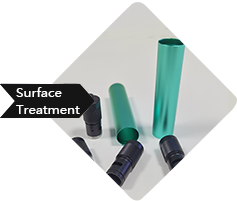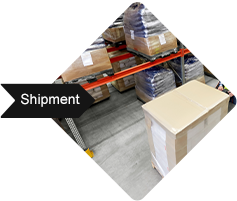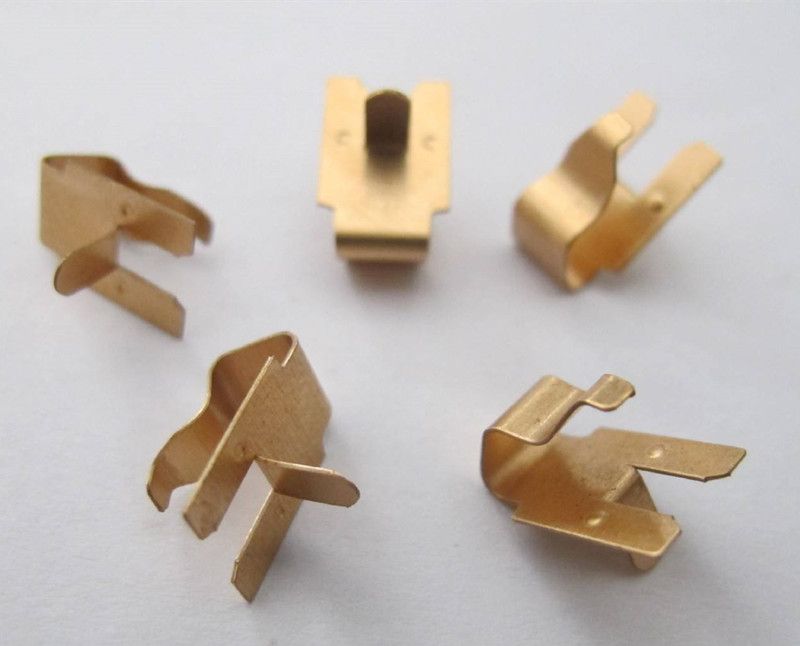-
Service
+
- CNC Precision Machining Service +
- Multi-Axis Simultaneous Machining Service +
- CNC Turning Service +
- Metal 3D Printing Service +
- Rapid Prototyping Service +
- Die Casting Service +
- Sheet Metal Fabrication Service +
-
Finish Serivces
+
- Polishing
- Grinding
- Brushed Finish
- Sand blasting
- Painting
- Powder Painting
- Anodizing
- Hard anodizing Service
- Passivation
- Zinc Plating
- Nickel Plating
- Chrome Plating
- Blackening
- Black Zinc Plating
- Teflon Coating
- Titanium Coating
- DLC Coating
- Laser Marking
- Silk Screen Printing
- Transfer Printing
- Micro Arc Oxidation
- Industries +
- About Us +
- Resource +
- Contact Us
- Quote

-
Service
-
>
-
>
-
>
-
>
-
>
-
>
-
>
-
>
-
- Industries
- About Us
- Resource
- Contact Us
At Kesu Hardware,we provide laser cutting, stamping, welding for sheet metal service. As well as different kinds of post-process, such as brushing, sandblasting, anodizing, laser marking etc.
Upload your 2D & 3D drawings, along with material, finish and quantity. Get an instant quote here. You can also send RFQ to enquiry@kesugroup.com.
Workshop of Sheet Metal
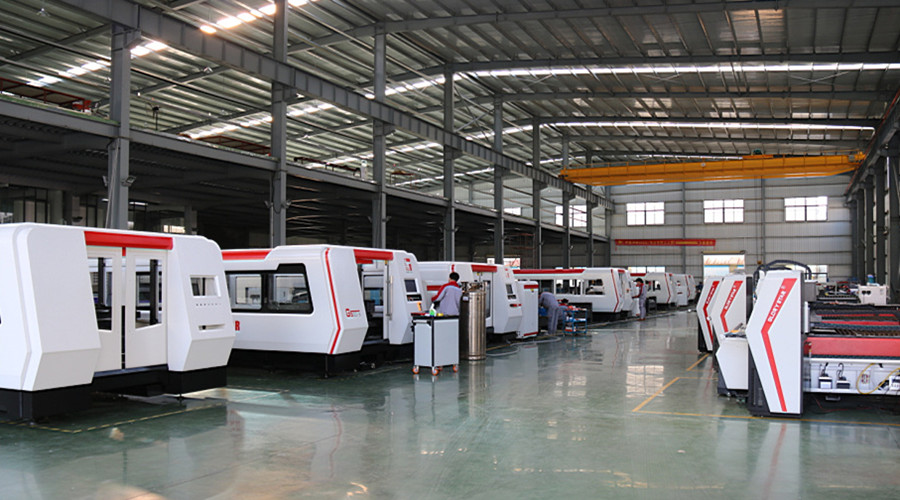
Inspection Equipment
| Equipment | Quantity | Brand |
| CMM | 2 | LEAD |
| 2.5D | 3 | |
| XRF Spectrometer | 1 | HITACHI |
| Altimeter | 1 | |
| Calliper | 20 | |
| Micrometer | 10 |
Brass is a free machining metal, and it is commonly used for a variety of parts including gears, lock components, pipe fittings, and ornamental applications.
Alloy:
Brass-H59, Brass-H62, Brass-H59, Brass-H62, Brass-HA177-2, Brass-HMn58-2, Brass-HPb59-1, Brass-HSn62-1...
Finish Options:
A.Polishing, B.Grinding, C.Brushing, D.Laser Marking, E.Silk Screen, F.Transfer Printing.
Copper has excelent electricity and thermal conductivity, which is widely used in electrical applications.
Alloy:
T1、T2、T3、TU1、TU2b
Finish Options:
A.Polishing, B.Grinding, C.Brushing, D.Laser Marking, E.Silk Screen, F.Transfer Printing.
Aluminum is one of the most commonly used metals in machining, as it has excellent strength-to-weight ratio, low cost, and recyclability.
Alloys:
AL5052-T651, AL6061-T651, AL 7075-T651, AL6082-T651...
Finish Options:
A.Polishing, B.Grinding, C.Brushing, D.Sandblasting, E.Painting, F.Powder Painting, G.Anodizing , H.Hard anodized, I.Teflon Coating, J.Laser Marking, K.Silk Screen, L.Transfer Printing.
Stainless steel is a high strength alloy with high hardness and great resistance to corrsion and rust due to its chrome and carbon content.
Alloys:
201, 303, 304, 316, 410, 420, 17-4PH...
Finish Options:
A.Polishing, B.Grinding , C.Brushing, D.Sandblasting, E.Painting, F.Powder Painting, G.Passivation, H.Zinc Plating, I.Black & zinc, J.Teflon, K.Titanium Coating , L.Laser Marking , M.Silk Screen , N.Transfer Printing .
| Tolerance for Metal Parts | |
| ISO 2768-F | |
| Table 1 - Linear Dimensions | |
| Permissible deviations in mm for ranges in nominal lengths | Tolerance Class Designation (Description) |
| f (fine) | |
| 0.5 up to 3 | ±0.05 |
| over 3 up to 6 | ±0.05 |
| over 6 up to 30 | ±0.1 |
| over 30 up to 120 | ±0.15 |
| over 120 up to 400 | ±0.2 |
| over 400 up to 1000 | ±0.3 |
| over 1000 up to 2000 | ±0.5 |
| over 2000 up to 4000 | – |
| For nominal sizes below 0.5 mm, the deviations shall be indicated adjacent to the relevant nominal size(s). | |
Sheet metal is a comprehensive cold working process for the metal sheets, which thickness is below 6mm. The process of sheet metal including shearing, punching/cutting/compositing, folding, riveting, splicing, forming (such as car body), etc. The notable feature of sheet metal is that the thickness of the same part is uniform.
Generally, the most important steps of sheet metal processing are shearing, punching/cutting/, folding/rolling, welding, surface treatment and so on.
Generally, sheet metal fabricating will make sheet metal deformed plastically by hand or die stamping, then emerge the desired shape and size. Which can also form more complex parts by further welding or a small amount of mechanical processing. For example, the chimneys, iron stoves, and car shells, which commonly used in homes are sheet metal parts.
Sheet metals are thin sheet metal parts, which are parts that can be processed by stamping, bending, and stretching. A general definition is that sheet metal parts has constant thickness during processing.
Sheet metal processing includes traditional cutting, blanking, bending and forming methods and process parameters, as well as various cold stamping die structures and process parameters, various equipment working principles and operating methods, and new stamping technologies and other new processing technology. The processing of sheet metal parts is called sheet metal machining.
Modern sheet metal technology includes: filament power winding, laser cutting, heavy processing, metal bonding, metal drawing, plasma cutting, roll forming, sheet metal bending, die forging, water jet cutting, precision welding, etc.
The thickness of sheet metal material is 0.5-6 mm, and the maximum width is 2500 mm.
The Machining Process of Sheet Metal
